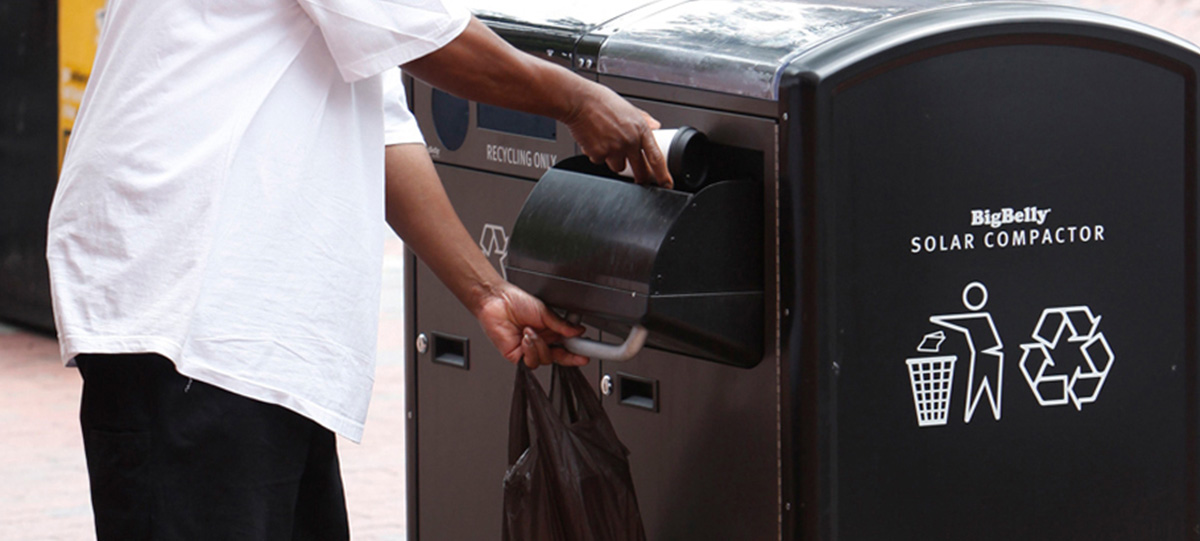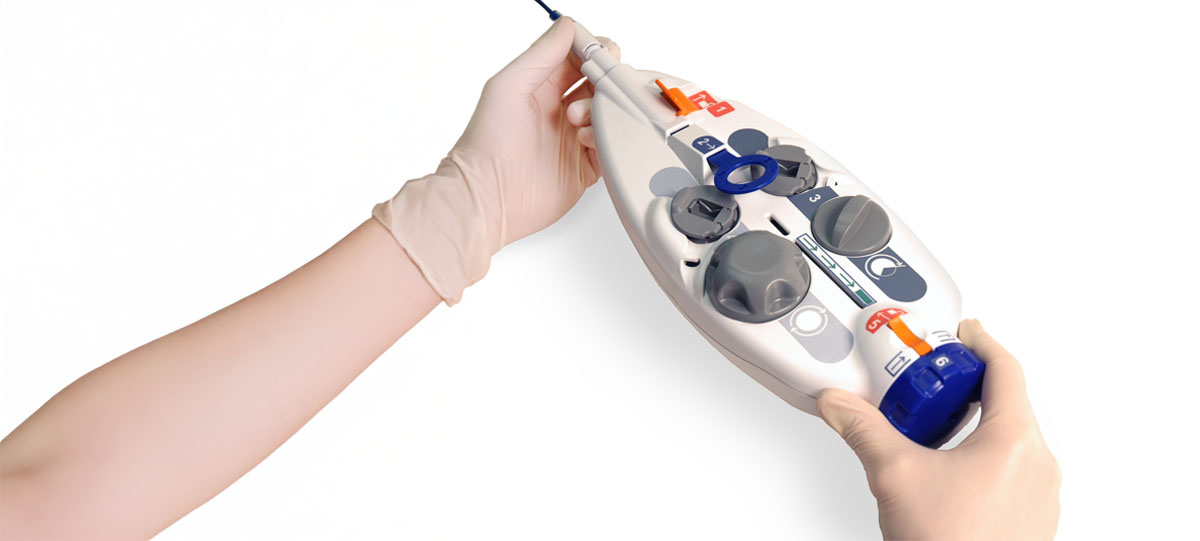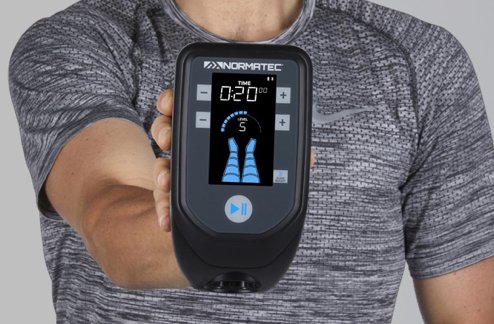We will help you get your project launched.
Trying to launch a new project is a major task. Who can make molded parts? How does sheet metal get specified? What are siloxanes? What is the best sterilization technique to use?
Transitioning a product from the prototype stage to manufacturing involves several important steps to ensure a smooth and successful production process. Here’s a general overview of the process:
- Design for Manufacturability (DFM): Review and optimize the product design for efficient and cost-effective manufacturing. Consider factors like material selection, production processes, assembly methods, and component standardization.
- Identify Manufacturing Partners: Research and select suitable manufacturing partners who have the capabilities, experience, and resources to produce your product at the desired scale. Obtain quotes, evaluate their production facilities, quality control processes, and track record.
- Create Manufacturing Documentation: Develop detailed manufacturing documentation, including assembly instructions, bill of materials (BOM), engineering drawings, specifications, and quality control procedures. These documents serve as guidelines for manufacturers to produce your product consistently.
- Prototype Refinement: Based on the lessons learned from the prototype stage, make necessary design modifications or improvements to address any identified issues or enhance the product’s performance, manufacturability, or cost-effectiveness.
- Tooling and Equipment: Determine the required production tooling, molds, and equipment necessary to manufacture the product. Work closely with the manufacturer to ensure the tooling and equipment meet your requirements and specifications.
- Production Testing: Establish a robust testing and quality control process to validate the product’s functionality, reliability, and performance during production. Define test criteria, conduct sample inspections, and implement quality assurance procedures to ensure consistency and meet quality standards.
- Pilot Production Run: Conduct an initial small-scale production run, known as a pilot run or pilot production, to test the manufacturing process and identify any potential issues or bottlenecks. This step helps validate the production feasibility and provides an opportunity for further refinements.
- Supply Chain Management: Establish a reliable supply chain by sourcing components, raw materials, and packaging materials from trusted suppliers. Develop relationships with multiple suppliers to mitigate risks and ensure a consistent supply of required materials.
- Manufacturing Scale-up: Gradually increase production volume, closely monitoring the manufacturing process, quality control, and supply chain performance. Address any challenges or issues that arise and make necessary adjustments to optimize efficiency and productivity.
- Quality Control and Assurance: Implement a robust quality control system throughout the manufacturing process to ensure consistent product quality. Conduct regular inspections, testing, and audits to identify and resolve any quality issues promptly.
- Regulatory Compliance: Ensure your product complies with relevant regulatory standards and certifications for its intended market. Obtain necessary certifications and approvals to meet legal requirements and gain customer trust.
- Continuous Improvement: Maintain open communication channels with your manufacturing partners, collect feedback from customers, and continually strive for product and process improvement. Regularly review and analyze production data, identify areas for enhancement, and implement changes as needed.
Remember, the process of transitioning from prototype to manufacturing can be complex and time-consuming. It’s crucial to work closely with experienced manufacturing partners, leverage their expertise, and maintain effective communication throughout the entire process to ensure a successful transition and production of your product.
We have extensive experience working with many manufacturing companies around the world and can help you make informed decisions about the best way to bring your product to market. We will also produce detailed project documentation in the best format for them to understand, along with control drawings for you to verify that they are making parts to your specifications.






